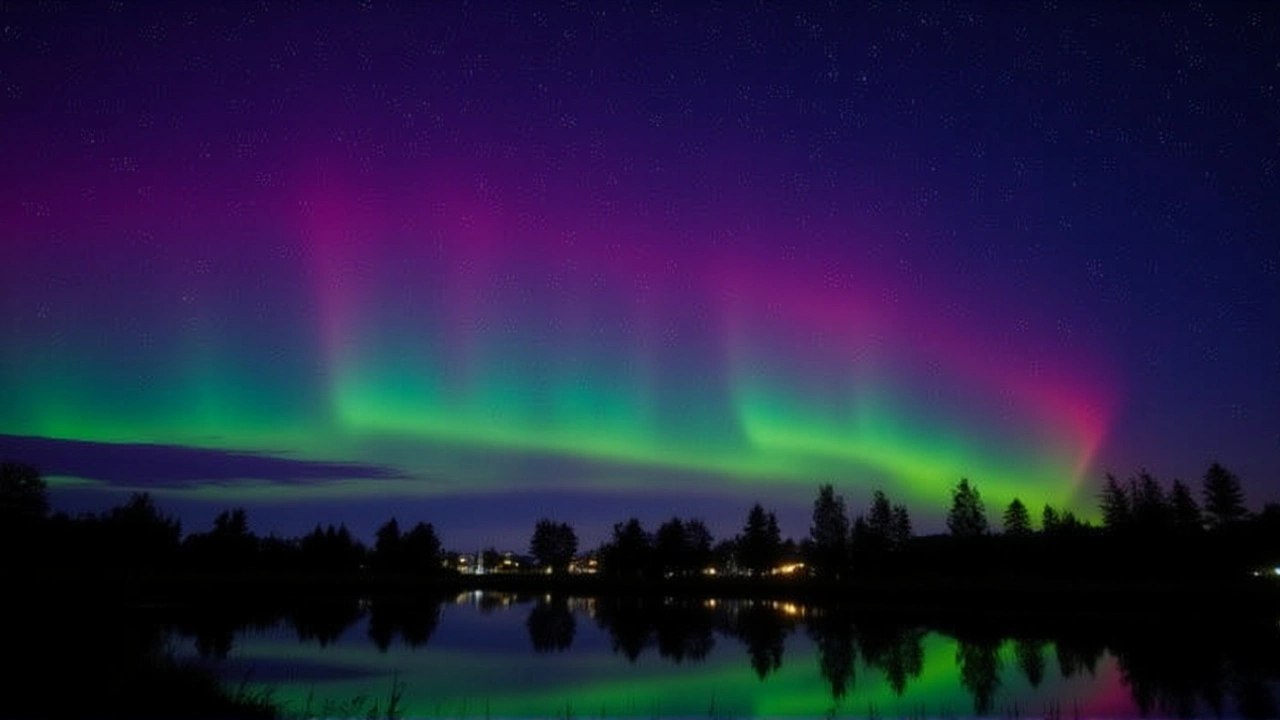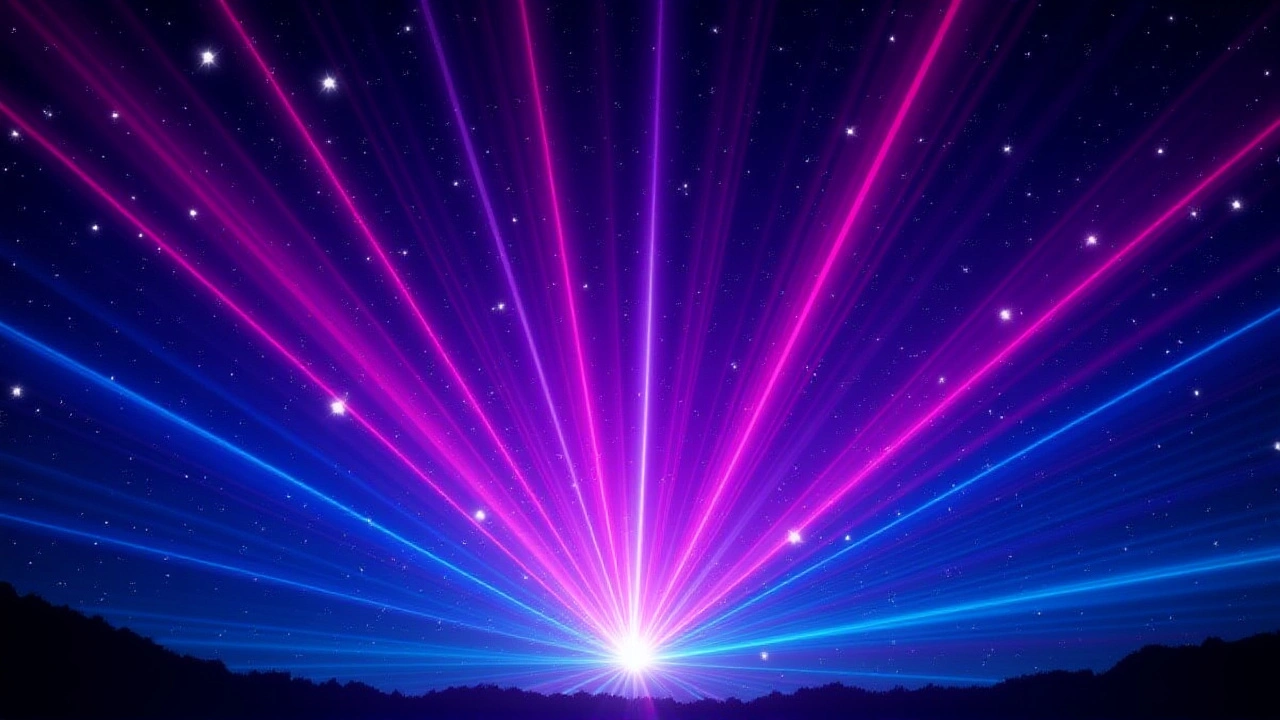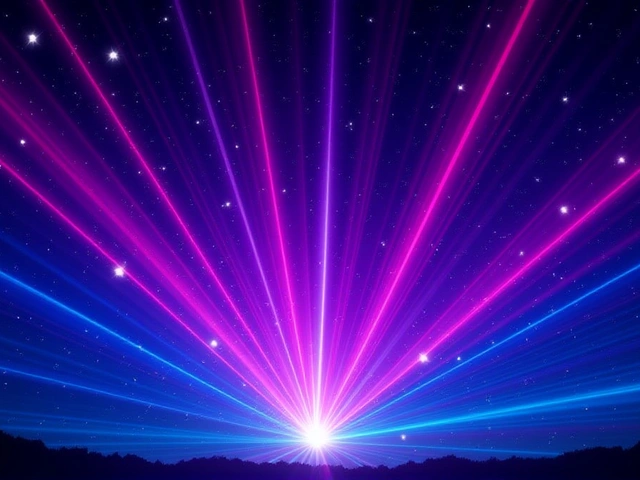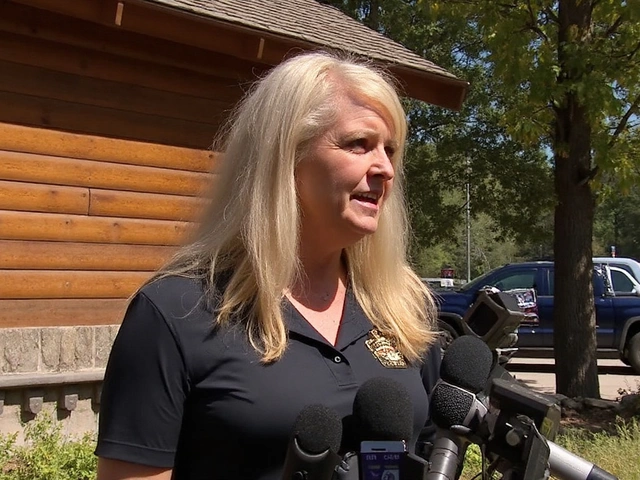When National Oceanic and Atmospheric Administration's Space Weather Prediction Center issued its first alert of the season, few expected the skies over the Midwest to glow with ribbons of green and purple. The agency warned of a G3 (Strong) geomagnetic storm fueled by a series of coronal mass ejections (CMEs) hurling plasma toward Earth. By 0559 UTC on October 2, the storm peaked, and residents of Michigan reported aurora displays that usually stay hidden above the polar circle.
Historical Context of Space Weather
Space weather isn’t new—solar flares and CMEs have rattled Earth’s magnetic field for centuries. The most infamous incident, the 1859 Carrington Event, lit up night skies worldwide and spurred telegraph failures. Modern society, however, leans on satellite navigation, high‑frequency radio, and power‑grid stability, making us far more vulnerable. NOAA tracks geomagnetic activity on a scale from G1 (Minor) to G5 (Extreme). A G3 rating, like the one that unfolded this week, sits in the middle but still carries enough punch to disturb GPS accuracy by up to 30 meters and increase ionospheric disturbances that can shave minutes off airline communication windows.
Details of the September 30–October 2 Storm
Solar observers first spotted an active sunspot region (AR 3371) on September 27. Within 48 hours, the region expelled three CMEs, each traveling between 1,200 and 1,800 km s⁻¹. As the charged particles slammed into Earth’s magnetosphere on September 30, the Kp index—a measure of geomagnetic disturbance—spiked to 5, prompting the initial G3 alert at 1200 UTC.
"We observed an unexpected rapid intensification of the magnetospheric response," said Dr. Elena Ramirez, senior space‑weather scientist at NOAA’s SWPC. "The coupling between the solar wind and Earth’s field was stronger than models predicted, which is why the storm persisted through October 2."
Ground‑based magnetometers across North America recorded a maximum horizontal magnetic field deviation of 310 nanoteslas on October 2, well above the 250 nT threshold that defines a G3 event. Satellite operators reported a 2 % increase in atmospheric drag, forcing brief orbital adjustments for low‑Earth‑orbit assets such as the International Space Station and several Earth‑observing platforms.
Impacts on Technology and Infrastructure
The storm’s effects were subtle but measurable. The Federal Aviation Administration logged a 12 % rise in high‑frequency radio outage reports, especially on trans‑Atlantic routes. Power‑grid operators in the Upper Midwest noted minor voltage fluctuations, though no blackouts occurred—a testament to the resilience built after the 2003 Northeast blackout.
- GPS positioning errors rose to an average of 22 meters, with occasional spikes to 45 meters.
- Satellite communication links experienced a 9 % increase in bit‑error rates, prompting temporary bandwidth throttling.
- Radio amateurs reported enhanced auroral chorus on 3 MHz, a classic sign of heightened ionospheric turbulence.
NOAA’s advisory urged airlines to adjust flight routes above 30,000 feet where possible and reminded the public that pet‑owners might notice brief compass misreadings on handheld devices.

Aurora Sightings and Public Reaction
While the aurora typically reserves its showmanship for latitudes above 65° N, this storm painted the heavens as far south as Michigan’s Upper Peninsula. Social‑media platforms lit up with photos filmed from Marquette and the Keweenaw Peninsula, where observers captured shimmering curtains that shifted from emerald to rose‑pink over a four‑hour window.
Local tourism boards quickly posted “Aurora‑watch” alerts, and hotels reported a 15 % spike in weekend bookings. "I’ve chased the lights in Iceland, but seeing them over Lake Superior was surreal," said Mark Jensen, a science‑teacher from Grand Rapids who traveled north for the show.
Future Monitoring and Preparedness
Looking ahead, NOAA plans to enhance its predictive models by integrating real‑time solar imagery from the Solar Dynamics Observatory and the European Space Agency’s Solar Orbiter. The agency also announced a joint exercise with the North American Electric Reliability Corporation to simulate worst‑case geomagnetic scenarios.
"Our goal is to give operators more lead time, ideally 48 hours, before a storm of this magnitude hits," Dr. Ramirez added. "That way, airlines can reroute, satellite operators can tweak altitudes, and power managers can harden their systems."
For everyday citizens, the key takeaway remains simple: during strong geomagnetic events, keep devices charged, stay tuned to local alerts, and enjoy the celestial light show—but remember that the same solar tantrum that paints the night sky can also flicker the technology we rely on.
Frequently Asked Questions
How did the storm affect satellite operations?
Satellite operators reported a 2 % increase in atmospheric drag, which required small altitude corrections for low‑Earth‑orbit assets. Communication links also saw a temporary 9 % rise in error rates, prompting brief bandwidth reductions to preserve data integrity.
Why were auroras visible as far south as Michigan?
The G3 storm pushed the Earth's magnetic disturbance pole outward, allowing charged particles to funnel into the ionosphere at lower latitudes. That, combined with clear, dark skies, made aurora curtains visible over the Upper Peninsula and even parts of the lower peninsula.
What risks do strong geomagnetic storms pose to power grids?
Intense geomagnetic activity can induce geomagnetically induced currents (GICs) in high‑voltage transmission lines, leading to voltage fluctuations or, in extreme cases, transformer damage. During this event, operators saw minor voltage dips but avoided outages thanks to protective measures implemented after past blackouts.
When can we expect the next major solar event?
Solar activity follows an approximately 11‑year cycle. We are currently in Solar Cycle 25, which reached its peak in 2025. While predictions are uncertain, scientists anticipate several more CMEs of comparable strength over the next 12‑18 months.
What should the public do during a strong geomagnetic storm?
Stay informed via NOAA alerts, keep electronic devices charged, and avoid unnecessary reliance on GPS for critical navigation. If you’re outside, enjoy the aurora—but remember that radio communications may be sporadic.



